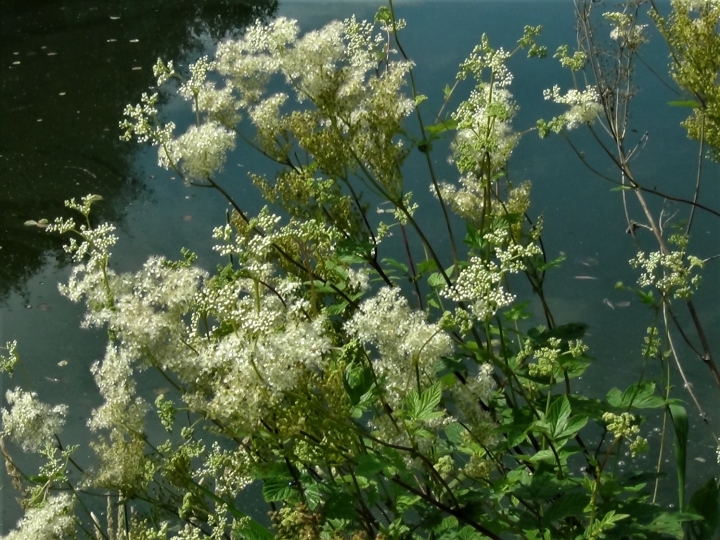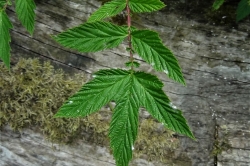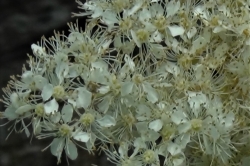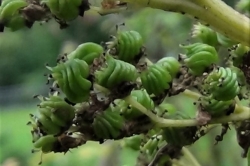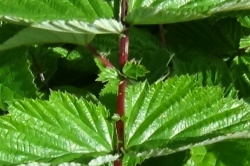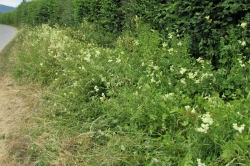Fairly common and usually found growing in clumps, it can often be smelled before being seen.
Home / Hedgerow Guide /
Meadowsweet
Meadowsweet
| Hedgerow Type | |
| Common Names |
Meadsweet, Mead Wort |
| Scientific Name |
Filipendula ulmaria |
| Season Start |
Mar |
| Season End |
Oct |
Please note that each and every hedgerow item you come across may vary in appearance to these photos.
Leaves
Dark green on the upper surface and whitish and downy underneath. The leaves have serrated edges and the terminal leaflets are three to five lobed with smaller leaflets growing behind these.
Possible Confusion
The smell and the leaves on this plant are very distinctive so it would be hard to confuse it with another plant.
Smell
Very sweet with a ‘Germolene’/ hospital smell.
Taste
Medicinal and unpleasant but some people seem to like the taste.
Frequency
Common.
Collecting
The flowers can be collected and used to make fritters or even an elderflower champagne like drink but as I mentioned I don’t like the taste.
Medicinal Uses
The plant contains salicylic acid which was synthesized in 1897 by Felix Hoffmann for the Bayer pharmaceutical company into acetylsalicylic acid which was called Aspirin. Aspirin is more gentle on the stomach than salicylic acid and has different medical effects.
Other Facts
Meadow sweet used to be used to sweeten and flavour wines, beer and mead.
It was also used on floors and bedding many years ago to help mask household smells.



 (17 votes, average: 3.65 out of 5)
(17 votes, average: 3.65 out of 5)